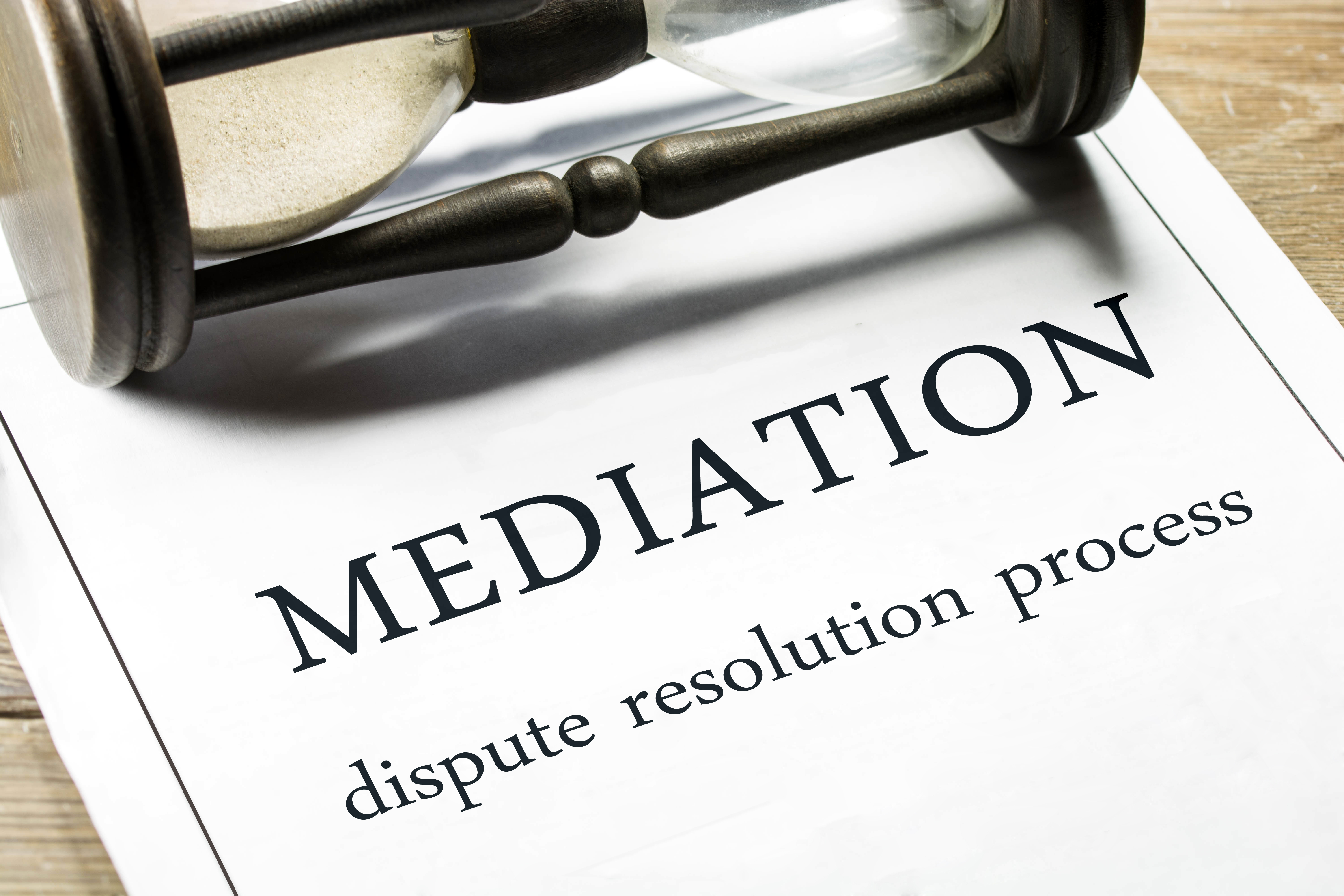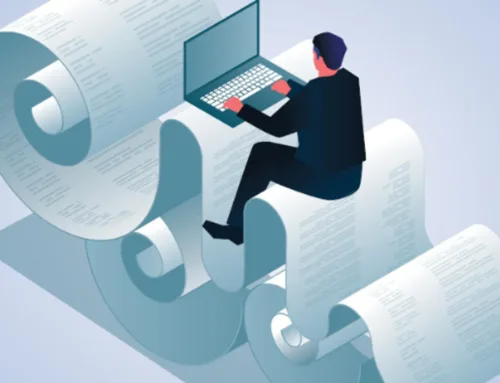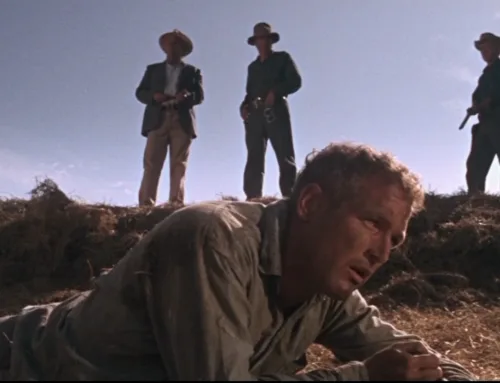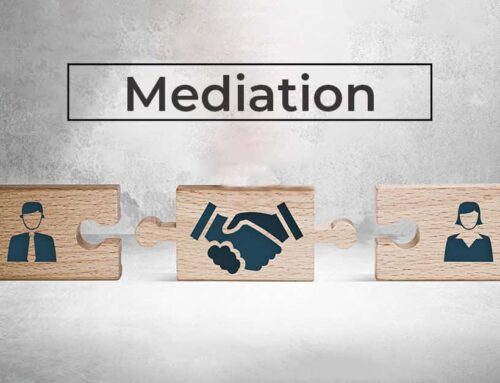It’s late in the day and the mediation negotiations have stalled. What do we do; give up or push on? The following are some of my solutions for “Breaking the Impasse”:
- Challenge the parties on their positions. Are they being reasonable? Are there better alternatives to declaring an impasse to the mediation? Ask the parties to consider the consequences of losing the case.
- Focus on nonmonetary factors, especially in real property cases. Is it a boundary dispute? Rather than focusing on a lump sum payment for one party to convey the disputed property to the other, how about splitting the baby? Why not do a conveyance to one party but with an easement back to the other to resolve encroachment or set back issues?
- Bracketing. Establish ranges of settlement (in damages cases) in which the sides can get closer to settlement without giving up their best offer. Bracketing, in the right situation, can be very effective and a time saver.
- Blind bracketing. Each party gives an offer which is not disclosed to the other party. The mediator goes back and forth until the parties reach an agreed upon delta at which time, the gap is split in half and the case is settled. I have had success with this tool.
- The Mediators Proposal. Based upon prior negotiations, the mediator suggests terms of settlement. Each party is given a proposal with the understanding that an acceptance will not be disclosed to the other side unless all parties accept. If one party says yes and the other party says no, the declining party does not know that the accepting party agreed (therefore, the accepting party does not lose leverage) and the mediation continues. Again, I have had great success with this tool.
- Adjourn (rather than impasse the mediation). If both parties agree, an adjournment gives them time to think about whether or not they really want to continue to dig their heels in the sand. While some parties who settle have “Settlor’s Remorse”, parties who impasse can have remorse as well. It takes two to tango. The parties must agree to an adjournment. Often, after an adjournment, a mediator can effect a settlement without reconvening the mediation. As part of this process, consider asking the parties to leave their last offers on the table for a set period of time.
These are just a few of the tools which I have employed in the past to break the impasse. I hope you find these helpful and useful in your mediations, whether with me or another qualified mediator.
Rod B. Neuman, Esquire is a Florida Supreme Court Certified Circuit Court Mediator Certified Mediator and bases these observations upon his experience mediating cases throughout the State of Florida.








Stay In Touch